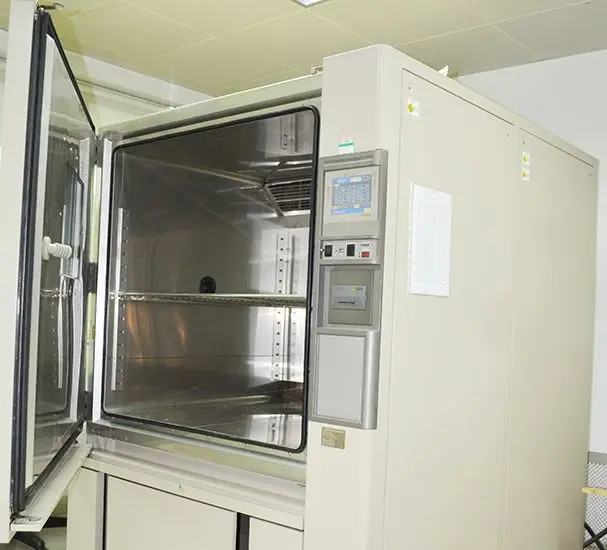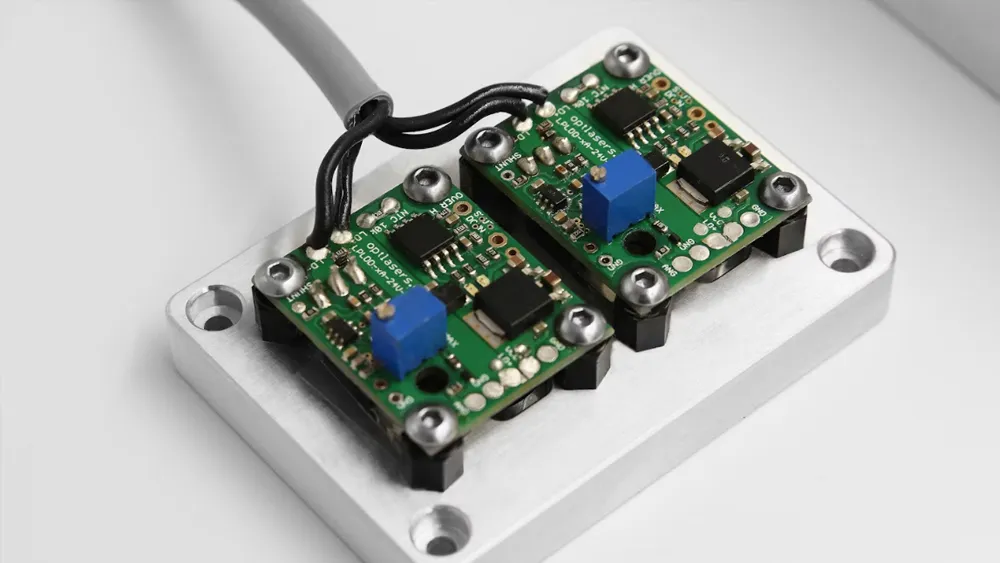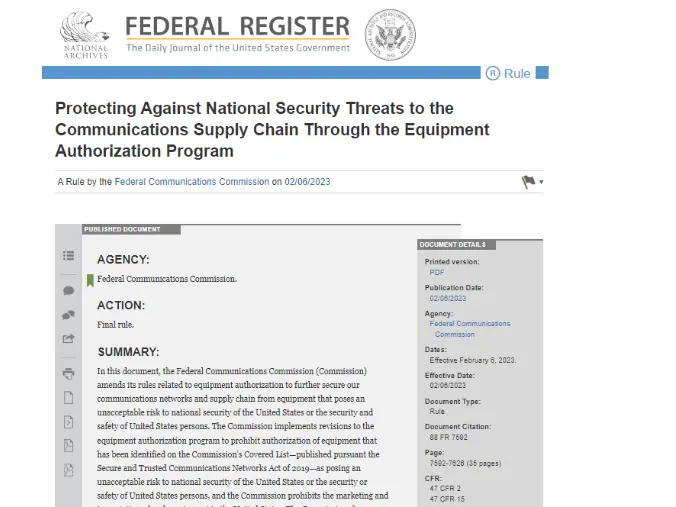
Lithium Battery IEC/EN 62133 Certification
With the growing global emphasis on green energy and environmental protection, lithium batteries have become widely used in the EU market as an efficient and eco-friendly energy storage solution. To ensure the safety and compliance of lithium batteries, the EU has established a series of stringent safety standards. These standards primarily cover the design, manufacturing, testing, and market access of batteries, aiming to ensure that lithium batteries do not pose risks to personal safety, property, or the environment during use.
A lithium battery refers to a battery that contains lithium in its electrocheMICal system, including metal lithium, lithium alloy, lithium-ion, and lithium-polymer types.

Lithium Battery Standards
Lithium batteries are generally divided into two categories: lithium metal batteries and lithium-ion batteries.
iec 62133-2 is currently the most widely adopted safety standard for lithium batteries worldwide. This standard mainly applies to secondary cells and battery packs containing alkaline or non-acidic electrolytes, as well as portable sealed secondary cells and battery packs. In the EU CE certification system, the safety standard EN 62368-1 references EN 62133-2 in Appendix M (Equipment Containing Batteries and Their Protection Circuits). Therefore, when applying for CE certification for consumer electronic products containing lithium batteries, the batteries must comply with the IEC 62133 standard. This usually requires the applicant to provide an iec 62133 test report for the lithium battery.
Lithium Battery Test Items
1. Continuous Charging Test: Specifies that this 7-day charging test must be performed at standard charging voltage.
2. Molded Case Stress Test: Applicable only to batteries with molded plastic enclosures.
3. External Short Circuit Test for Cells: Ambient temperature requirement changed from 20±5°C to 55±5°C, making it more stringent.
4. External Short Circuit Test for Battery Packs: Ambient temperature changed from 55±5°C to 20±5°C, making it more lenient; introduces the concept of key component certification and functional safety evaluation.
5. Drop Test: Metal surface now included as an optional drop surface.
6. Thermal Abuse Test: The duration for maintaining the peak temperature is standardized at 30 minutes.
7. Crush Test: More precise force range requirement; deformation as a termination criterion has been removed.
8. Overcharge Test for Battery Packs:
- For single-cell packs: 1.4 times the charging voltage (but ≤6V)
- For mULti-cell series: 1.2 times the charging voltage
This is more lenient than the previous version.
9. Forced Discharge Test: Added requirements for discharge voltage and test time based on discharge curve reference.
10. Mechanical Test:
- Added vibration and acceleration shock tests
- Removed previous reference to IEC 62281 and UN 38.3 transportation standards
- Speed requirements REDuced by 70%–80%
Certification Marking Requirements
Section 9 (Marking) of IEC/EN 62133-2 specifies labeling requirements. A compliant label must include the following 7 items:
1. Secondary (rechargeable) lithium battery: “Li” or “Li-ion”
2. Battery or cell designation
3. Polarity
4. Date of manufacture (may be coded)
5. Name or identification of the manufacturer or supplier
6. Rated capacity
7. Nominal voltage
Note: EN 62133-2 is the safety standard for lithium batteries. EN 62133-1 applies to nickel-based batteries.
Email:hello@jjrlab.com
Write your message here and send it to us
 What are ASTM F963 and CPSIA?
What are ASTM F963 and CPSIA?
 Comparison of ASTM F963 and EN 71
Comparison of ASTM F963 and EN 71
 How to get CSA C22.2 NO.256:14 Test Report?
How to get CSA C22.2 NO.256:14 Test Report?
 How much is the ISTA Amazon Packaging & Shippi
How much is the ISTA Amazon Packaging & Shippi
 Amazon Product Laboratory Testing Requirements
Amazon Product Laboratory Testing Requirements
 How to Get EPA Certificatio
How to Get EPA Certificatio
 What is EPA Certification in the United States?
What is EPA Certification in the United States?
 What is an FCC Registered Agent?
What is an FCC Registered Agent?
Leave us a message
24-hour online customer service at any time to respond, so that you worry!




